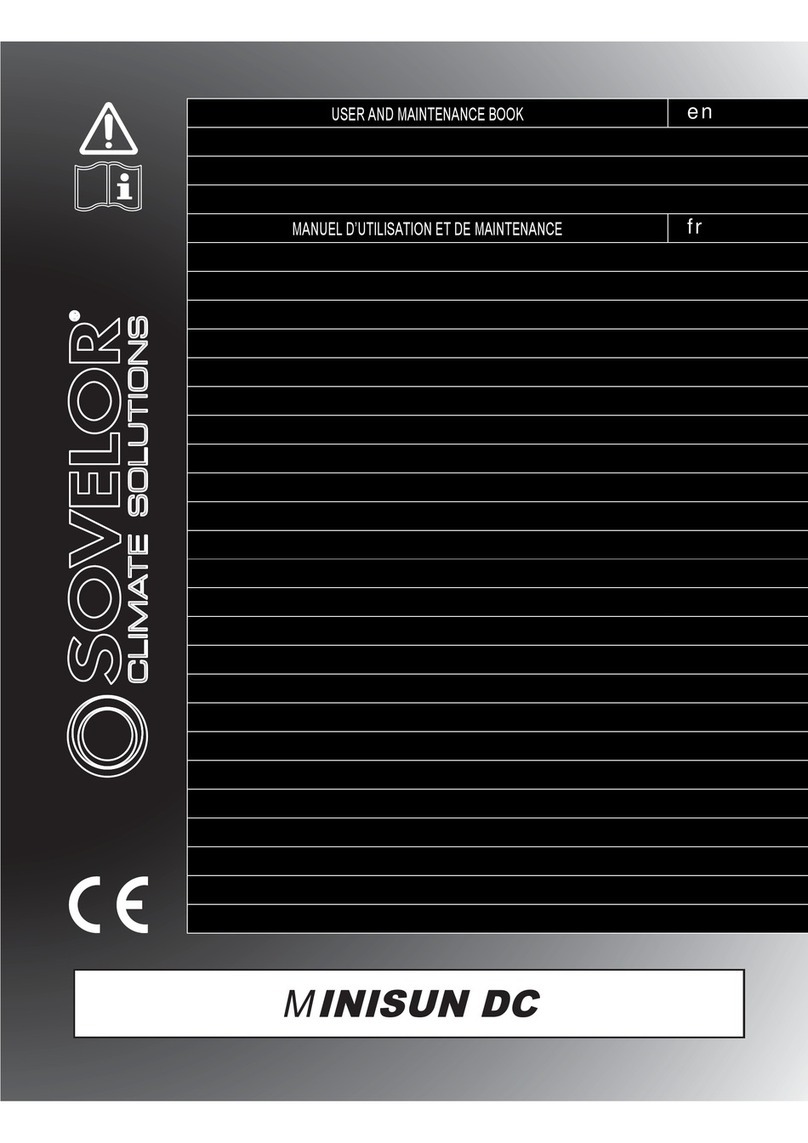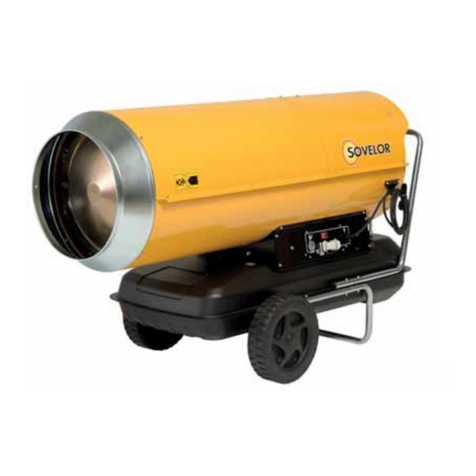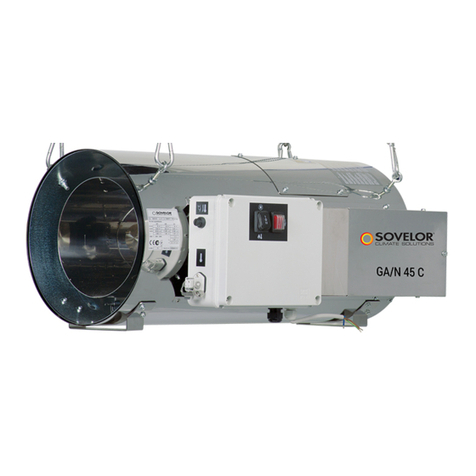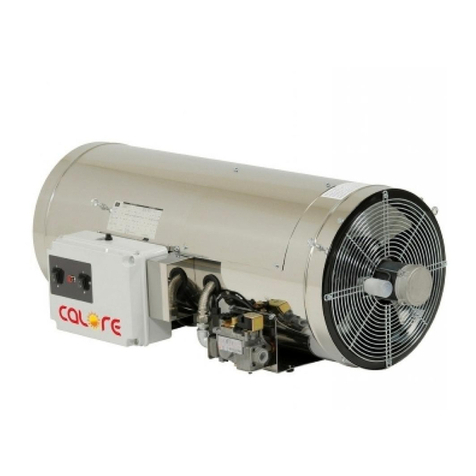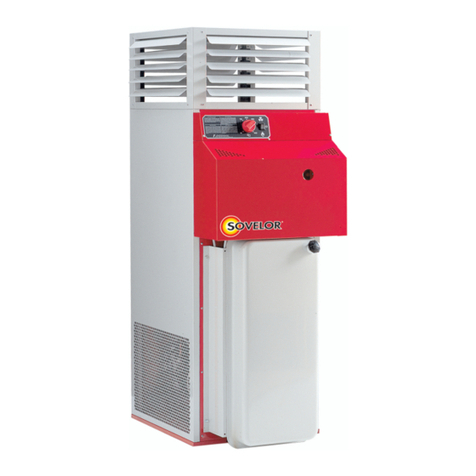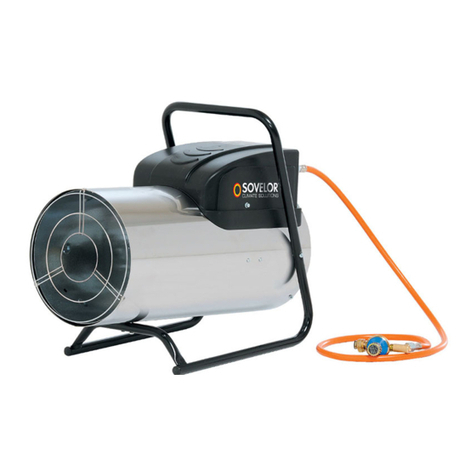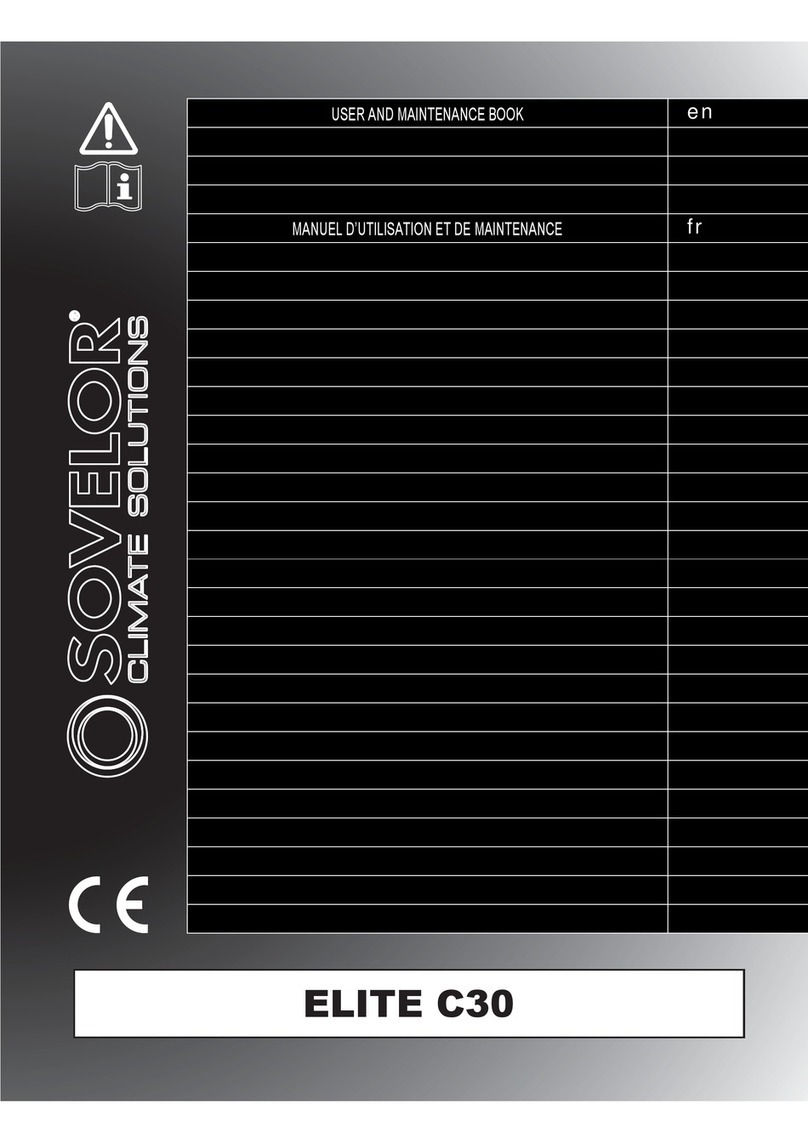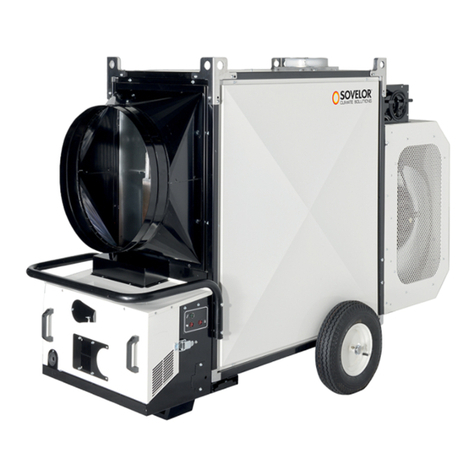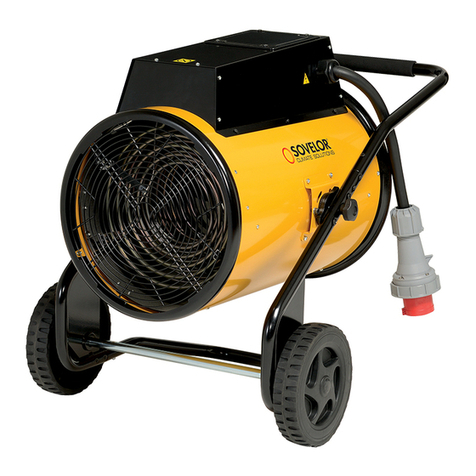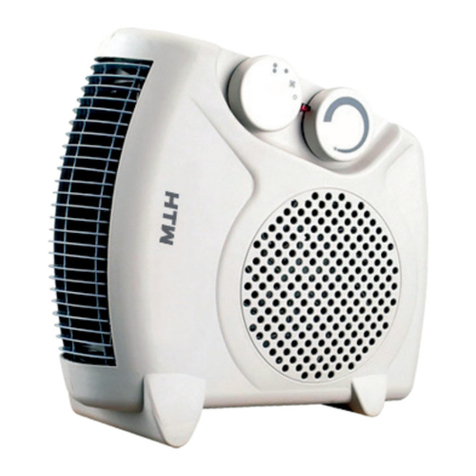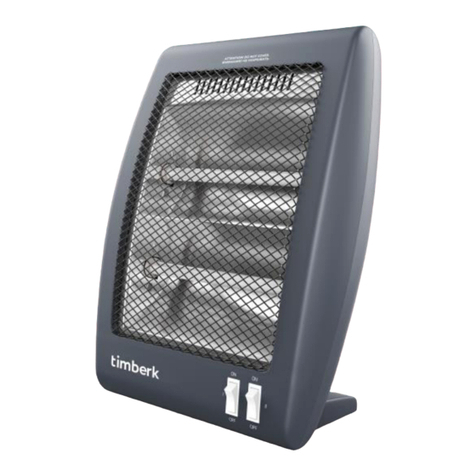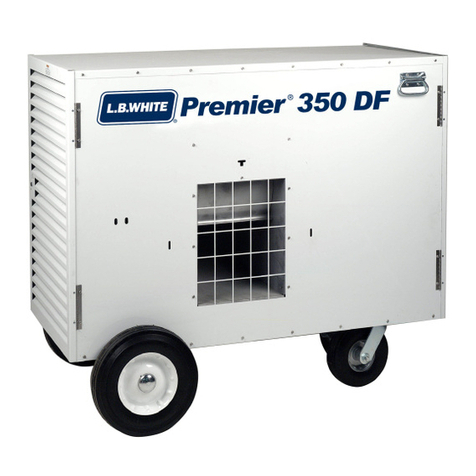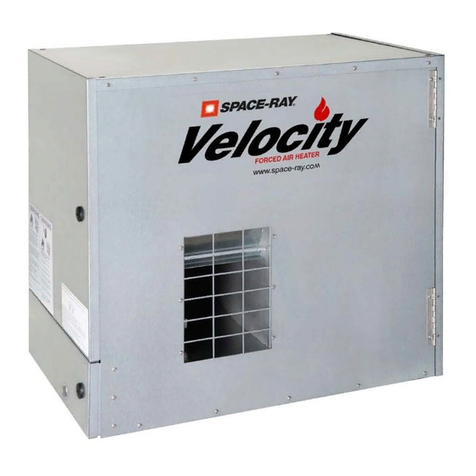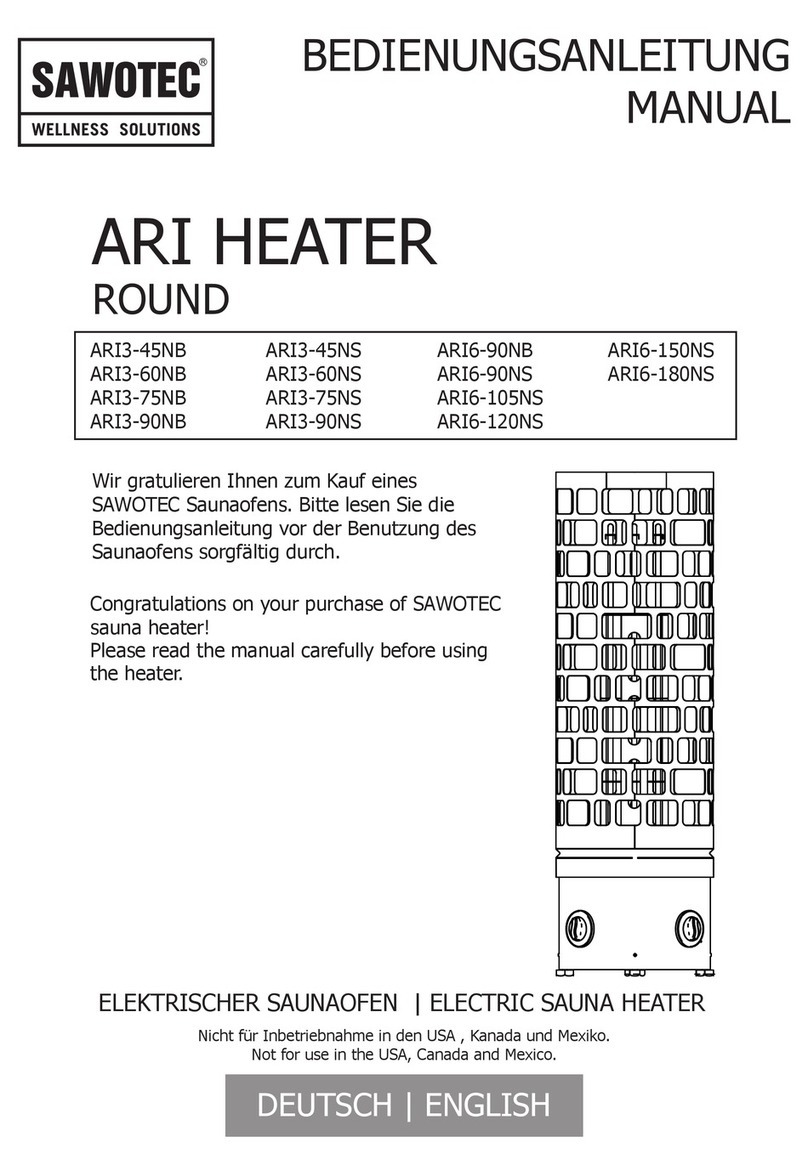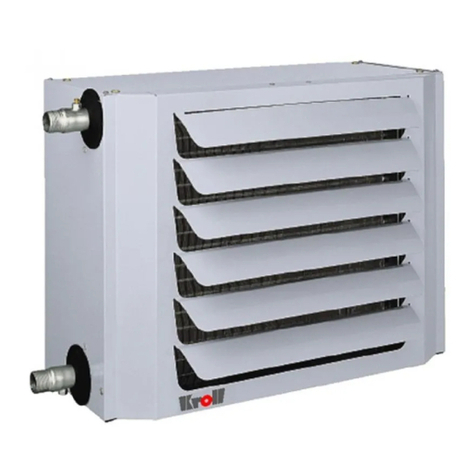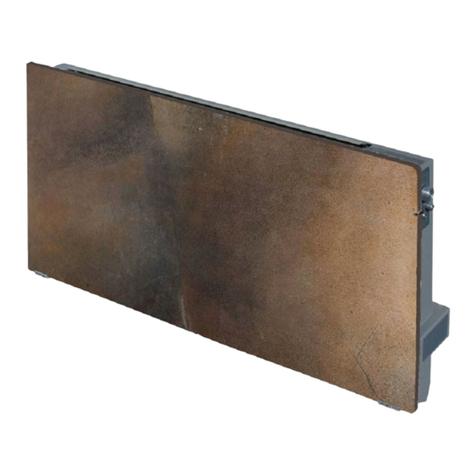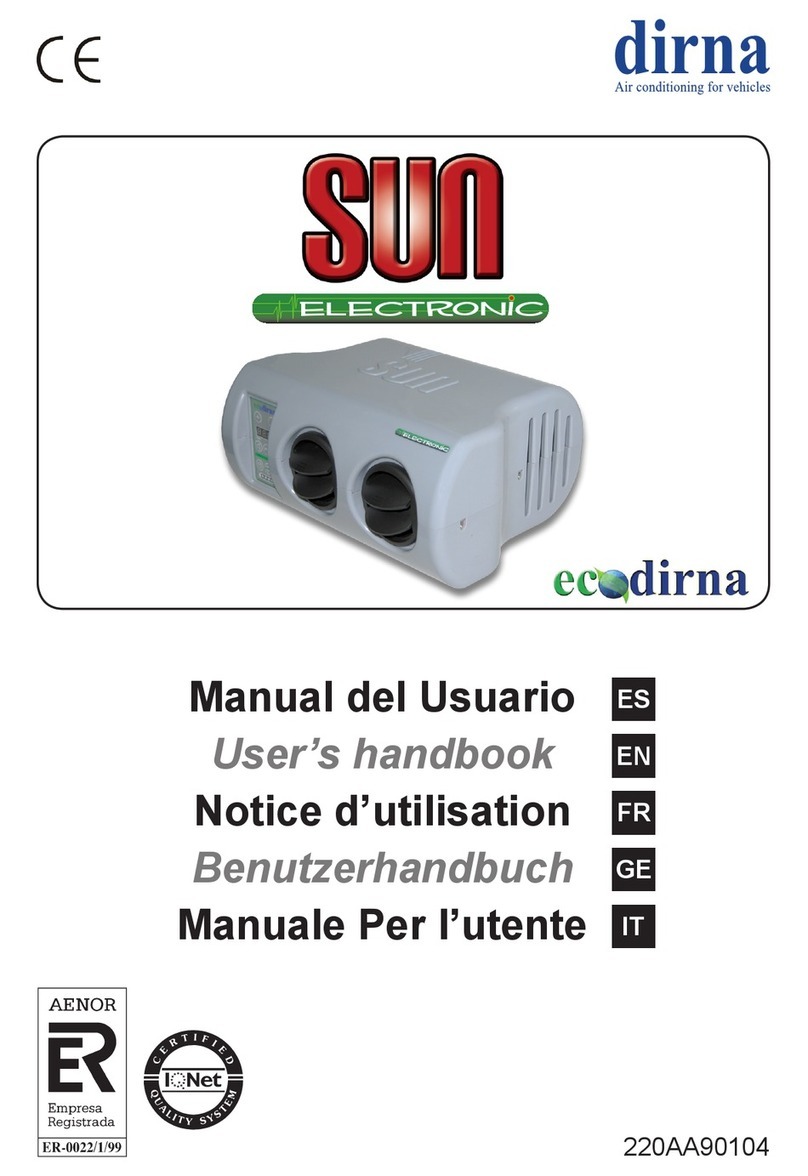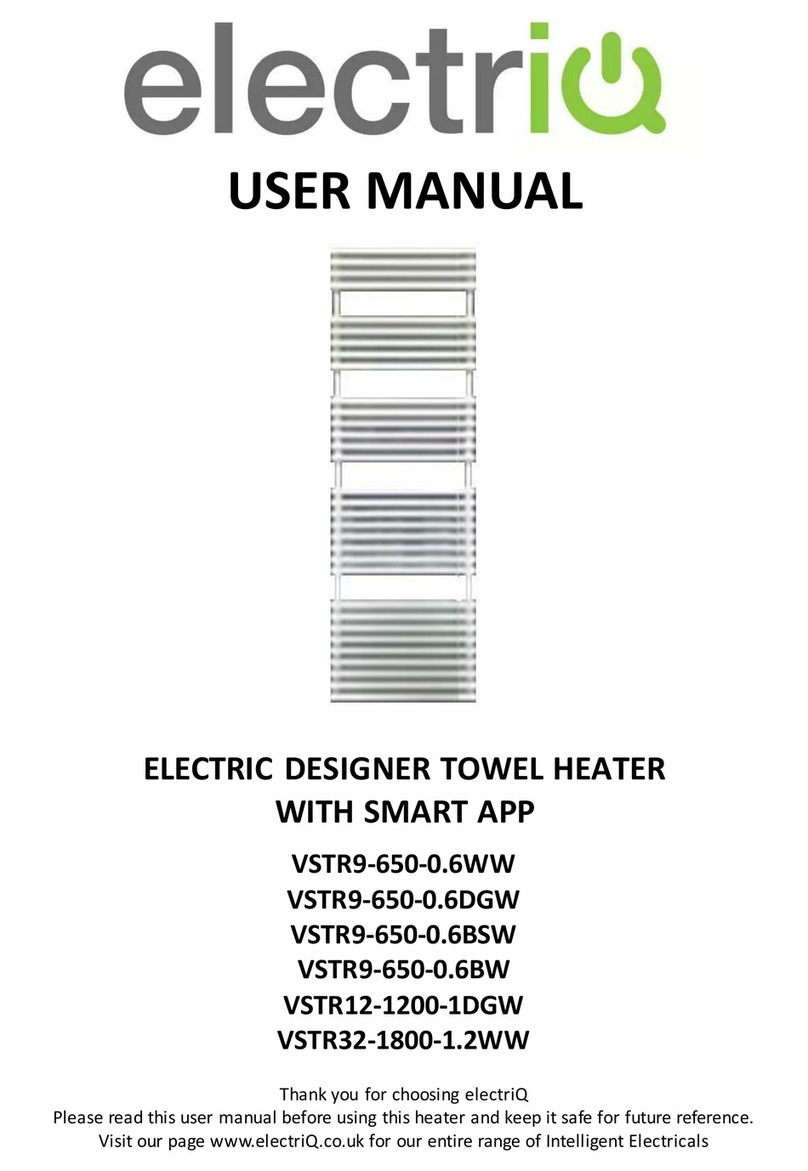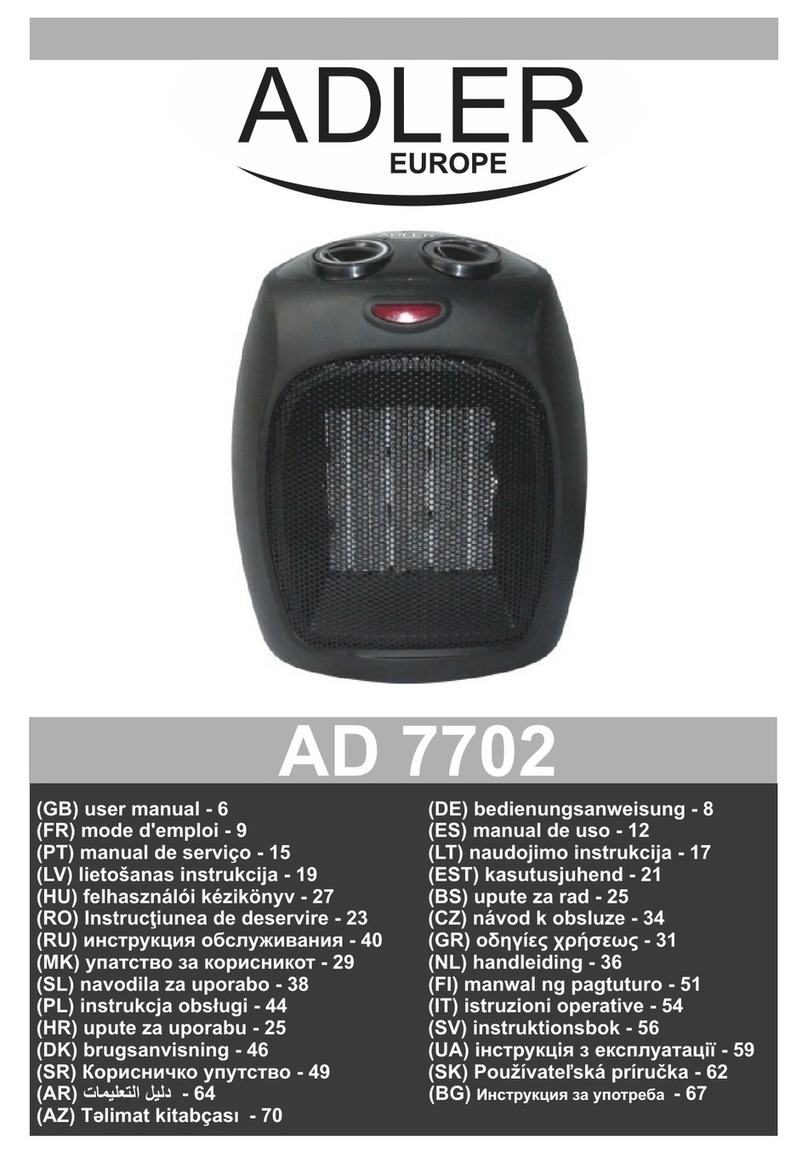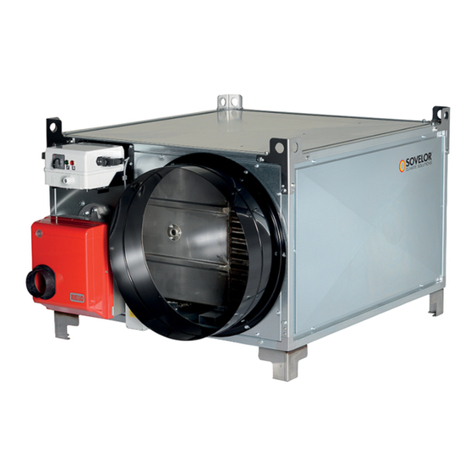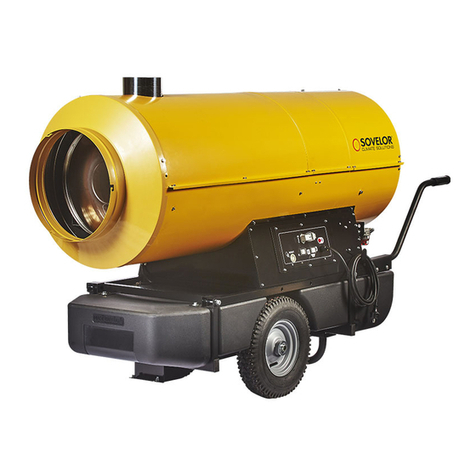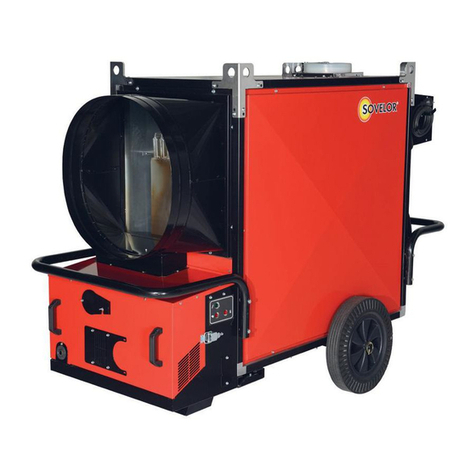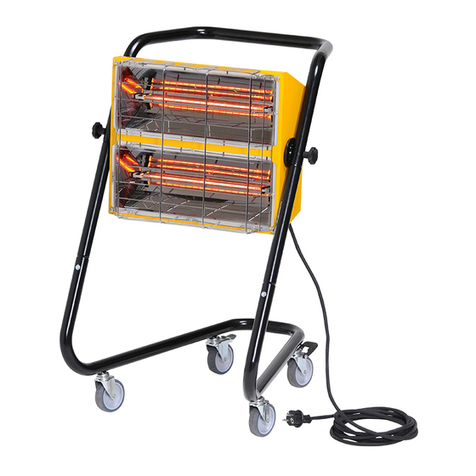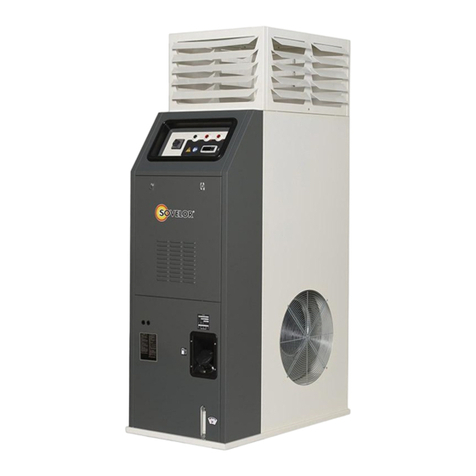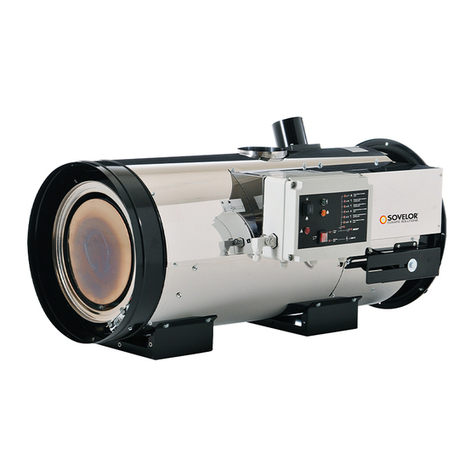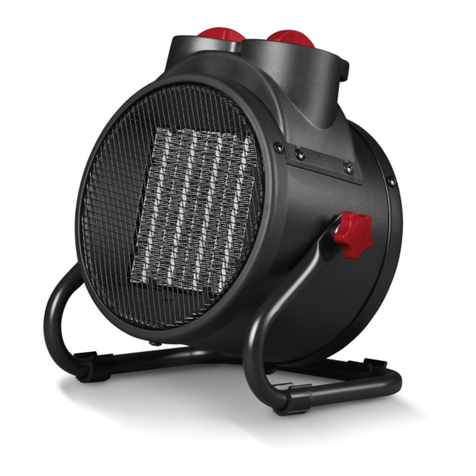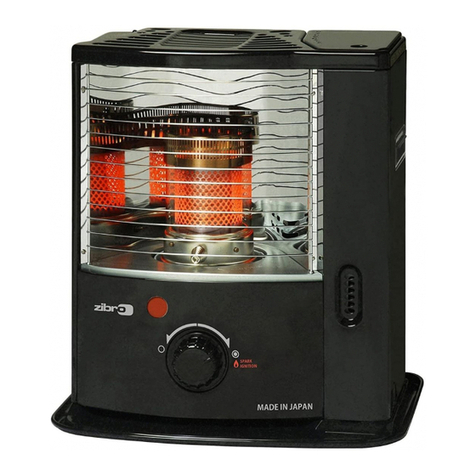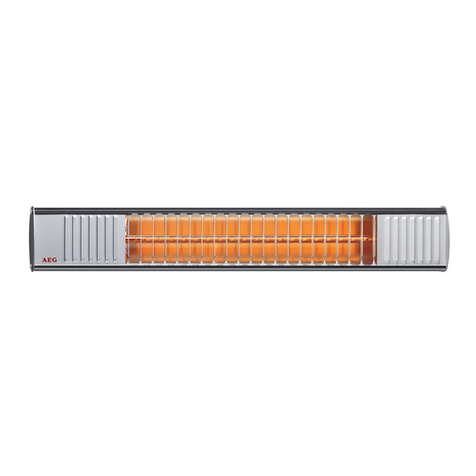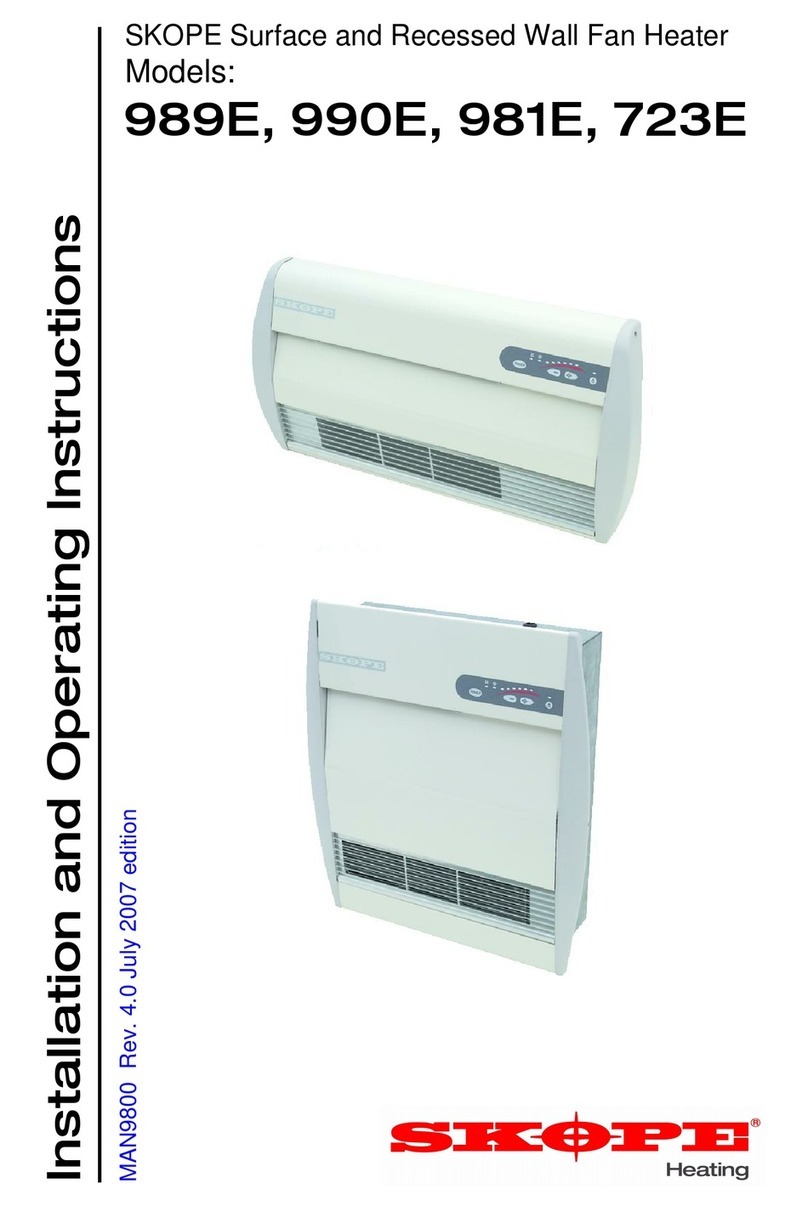
ŹŹ6.2. REMISE A ZERO DU GENERATEUR:
3RXU OHV PRGqOHV DYHF ³5(6(7´ 5(0,6( $
=(52 DXWRPDWLTXH pWHLQGUH SXLV UDOOXPHU OH
générateur (VOIR FIGURES 5-4).
ŹŹ6.3. ARRET DU GENERATEUR:
1(3$6'e%5$1&+(5/$35,6(-8648¶¬&(
48( /( &<&/( '( 5()52,',66(0(17 62,7
7(50,1e
Ź0HWWUHO¶LQWHUUXSWHXU³212))´HQSRVLWLRQ
³2))´92,5),*85(
Ź6.3.2. Déconnecter le générateur du réseau
électrique (VOIR FIGURE 6).
5(*/$*('(/$35(66,21'8
&2035(66(856HWRXUQHUYHUVOH
centre d’aide technique)
(VOIR FIGURE 7)
/¶8685( '8 *(1(5$7(85 32855$,7
5(1'5( 1(&(66$,5( /( 5(7$%/,66(0(17
'(/$35(66,21'8&2035(66(85
Ź,GHQWL¿HUGDQVOH³7$%/($8'(6'211((6
7(&+1,48(6´ODSUHVVLRQFRUUHFWH%DU36,
kPa) de votre générateur.
Ź7.2. Retirer le vis/bouchon du support du
manomètre (A).
Ź7.3. Monter le manomètre (non fourni, voir
³$&&(662,5(6´
Ź7.4. Allumer le générateur.
Ź7.5.Agir sur la vis de réglage en la tournant dans
le sens horaire pour augmenter la pression et en
sens antihoraire pour la diminuer (B).
Ź7.6. Retirer le manomètre et remettre en place la
vis/bouchon (A).
8. NETTOYAGE DU FILTRE DU
RESERVOIR
(VOIR FIGURE 8)
6(/21/$48$/,7('8&$5%85$17(03/2<(
/( 1(772<$*( '8 ),/75( '8 5(6(592,5
3(87(75(1(&(66$,5(
Ź8.1. Enlever le bouchon (A) du réservoir.
Ź([WUDLUHOH¿OWUH%GXUpVHUYRLU
Ź1HWWR\HUOH¿OWUH%DYHFGXFDUEXUDQWSURSUH
en faisant attention de pas l’endommager.
Ź5pLQVWDOOHUOH¿OWUH%GDQVOHUpVHUYRLU
Ź8.5. Fermer le bouchon (A).
9. CONSERVATION ET 75$163257
$),1 '( &216(59(5 (72875$163257(5
/( *(1(5$7(85 '( 0$1,(5( 237,0$/( ,/
(67 &216(,//( '( 68,95( /$ 352&('85(
68,9$17(
Ź9.1. Vider le carburant du réservoir (certains
modèles sont munis d’un bouchon de vidange
situé sur le fond du réservoir. Le cas échéant,
enlever le bouchon de vidange et vider le
carburant).
Ź9.2. Si l’on constate la présence de résidus,
verser du carburant propre dans le réservoir et
le vidanger à nouveau.
Ź9.3. Fermer le bouchon du réservoir et/ou
l’éventuel bouchon de vidange et éliminer
le carburant de manière appropriée et
conformément aux normes en vigueur.
Ź$¿QGHFRQVHUYHUOHJpQpUDWHXUGHPDQLqUH
optimale, il est conseillé de le garder en
position horizontale, pour éviter l’écoulement du
carburant,etdansunlieusec,àl’abrid’éventuels
dommages extérieurs.
10. THERMOSTAT D’AMBIANCE
ŹŹ02'Ê/(635e5e*/e63285
THERMOSTAT D’AMBIANCE À DISTANCE:
(VOIR FIGURE 9)
Pour les modèles pré-réglés pour thermostat
d’ambiance à distance, retirer le couvercle relié au
chauffage(A),raccorderlethermostat(B)(enoption)
et régler la température d’ambiance souhaitée. La
chambre du thermostat éteint complètement le
radiateurune foisque latempérature deconsigne a
été atteinte. Si la température descend en dessous
de la température de consigne, le radiateur se
remet automatiquement en marche.
ŹŹ02'Ê/(6$9(&7+(50267$7
D’AMBIANCE INSTALLÉ SUR LE PANNEAU DE
COMMANDE:
(VOIR FIGURE 10)
Pour les modèles avec thermostat d’ambiance
installé sur le panneau de commande, quand
le bouton (B) est tourné, la température désirée
VH PHW j FOLJQRWHU VXU O¶DI¿FKHXU $ SHQGDQW
TXHOTXHV VHFRQGHV HQVXLWH O¶DI¿FKHXU LQGLTXH
la température ambiante. Lorsque le bouton (B)
HVW WRXUQp FRPSOqWHPHQW j GURLWH O¶DI¿FKHXU $
LQGLTXH ³&+´ HQVXLWH OH FKDXIIDJH IRQFWLRQQH HQ
continu.
ŹŹ02'Ê/(635e5e*/e63285
THERMOSTAT D’AMBIANCE À DISTANCE ET
THERMOSTAT D’AMBIANCE INSTALLÉ SUR
LE PANNEAU DE COMMANDE:
(VOIR FIGURE 9-10)
Pour les modèles pré-réglés pour thermostat
d’ambiance à distance et thermostat d’ambiance
installé sur le panneau de commande, retirer le
couvercle relié au chauffage (VOIR A FIGURE
9) et raccorder le thermostat (VOIR B FIGURE
9) (en option). Pour un fonctionnement correct
du chauffage, tourner complètement le bouton
vers la droite (VOIR B FIGURE O¶DI¿FKHXU
(VOIR A FIGURE LQGLTXH ³&+´ HQVXLWH
régler la température souhaitée sur le thermostat
d’ambiance à distance.
en
it
de
es
fr
nl
pt
da
À
no
sv
pl
ru
cs
hu
sl
tr
hr
lt
lv
et
ro
sk
bg
uk
bs
el
zh




















